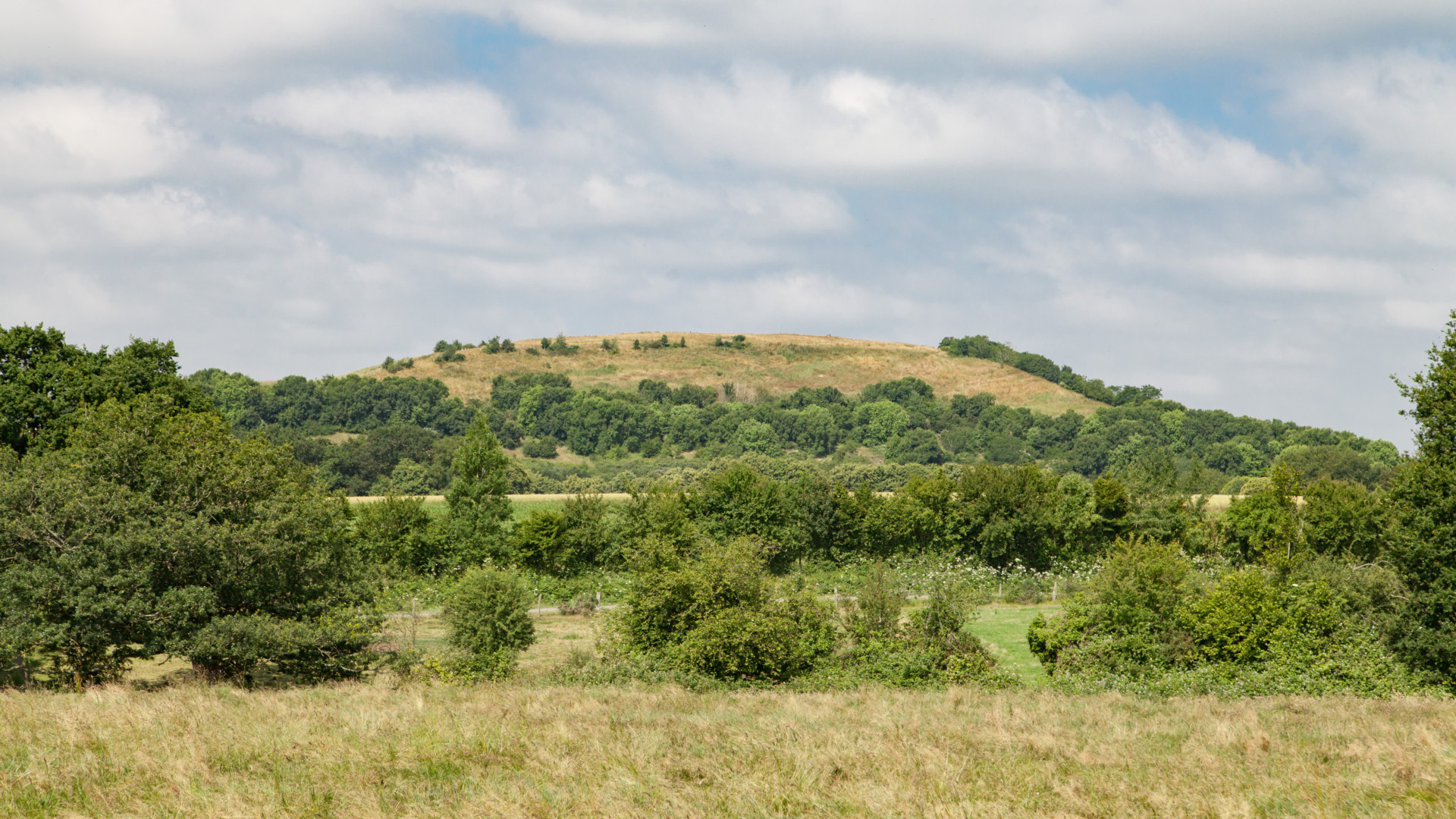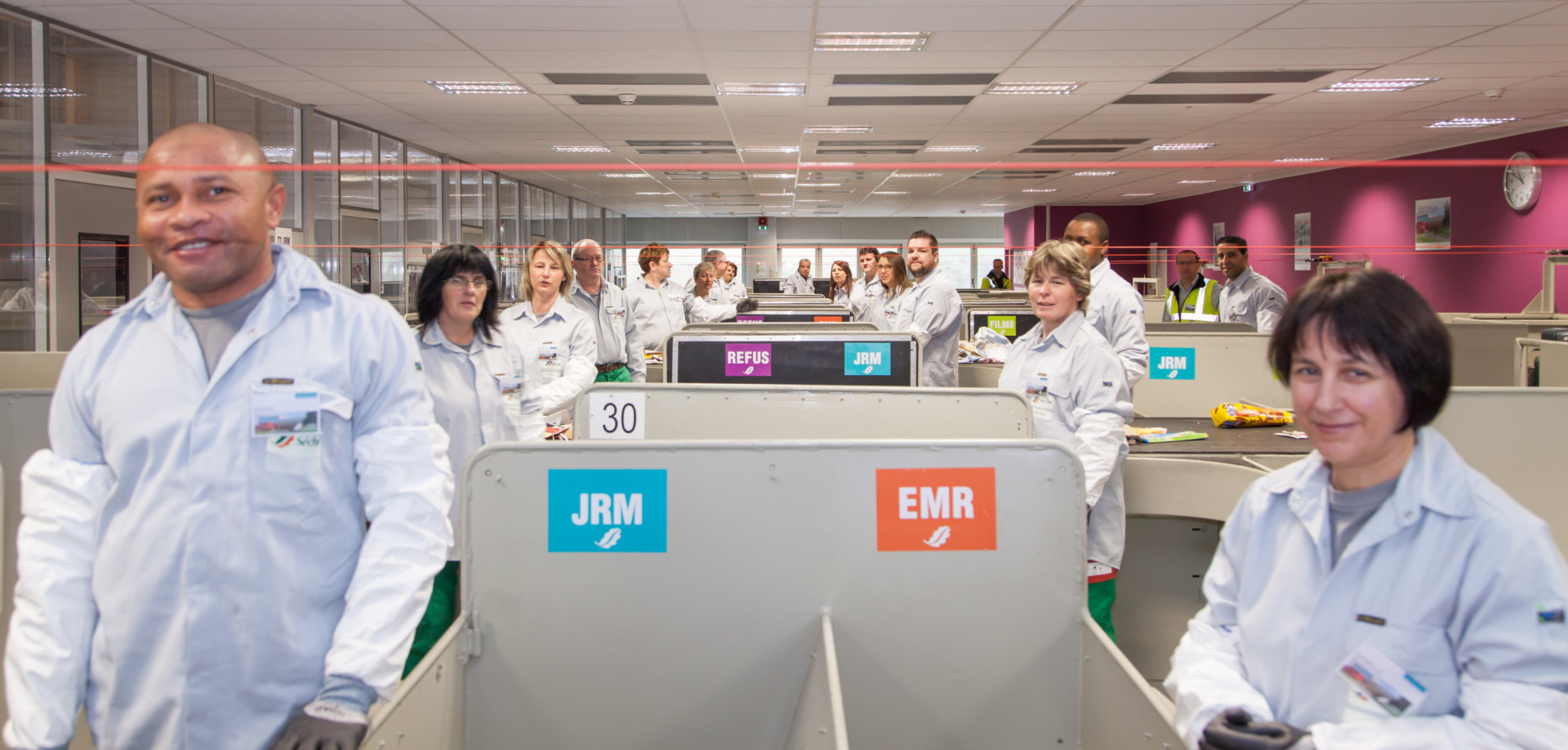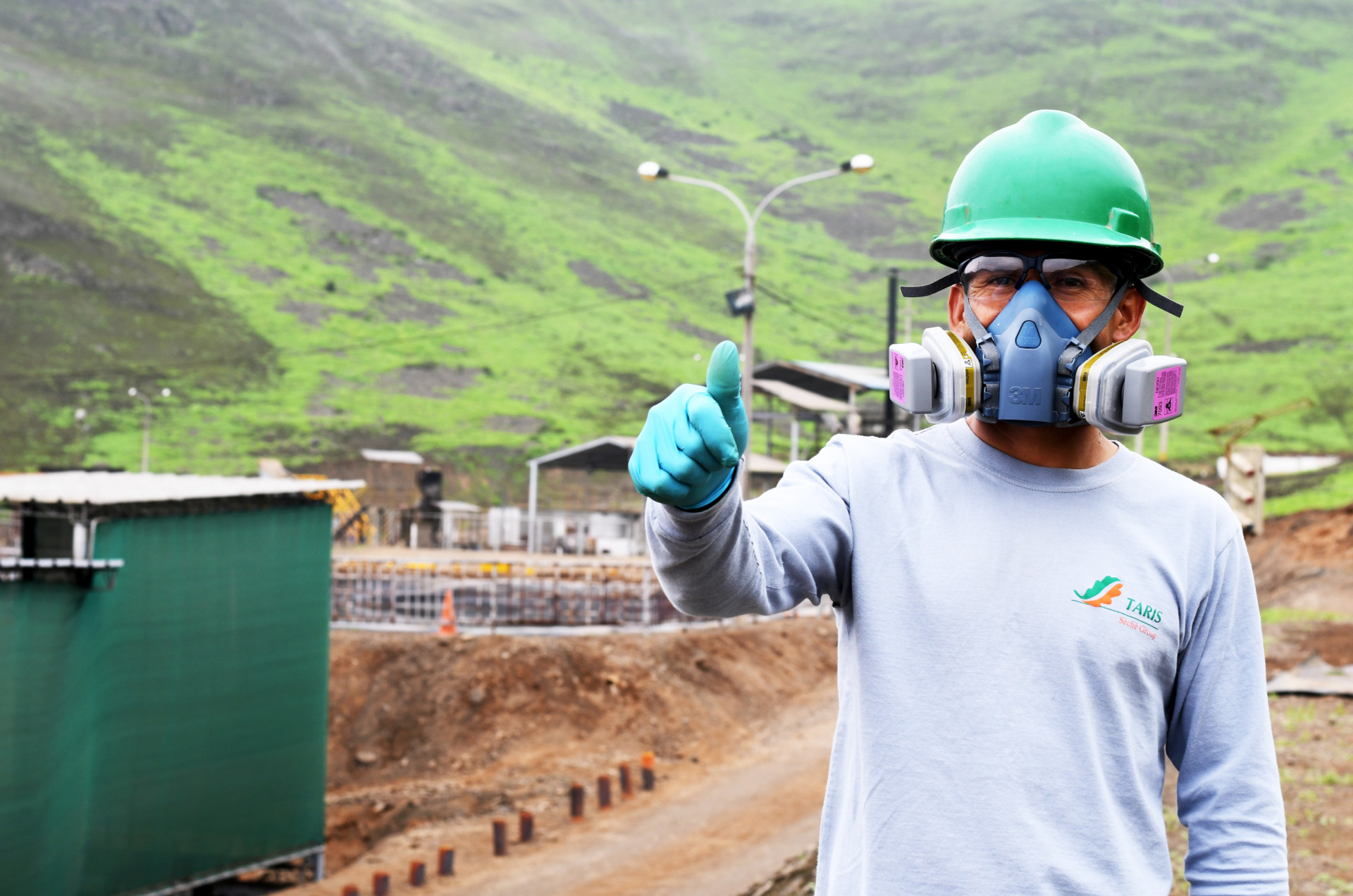1985 - 1st landfill for non-hazardous waste
Joël Séché created Laval Services, 1st entity of the future Séché Environnement group, based on the family public works SME he had just taken over. The mayor of Laval asked him to develop the most effective solution for the town's landfill site. After having studied best practices from around the world, he opened the first non-hazardous waste storage facility (class 2).
Joël Séché created Laval Services, 1st entity of the future Séché Environnement group, based on the family public works SME he had just taken over. The mayor of Laval asked him to develop the most effective solution for the town's landfill site. After having studied best practices from around the world, he opened the first non-hazardous waste storage facility (class 2).



